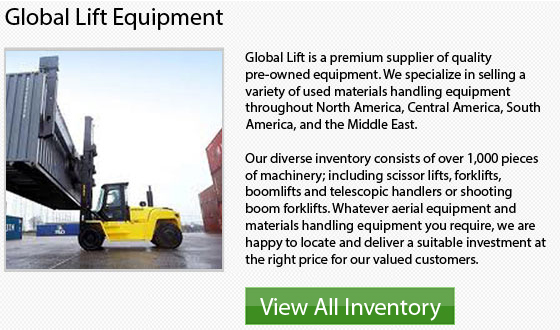
History of Forklifts
Forklift technology provides the capacity to transport heavy or bulky items easily across short distances. Forklifts are commonly used in the every day operations of different types of businesses. Forklift design is always undergoing improvement as technology advances.
During the early 20th century, at the start of the industrial period in America, the forklift was invented. A company referred to as Clark manufactured the first truck tracker during the year 1917. It was developed for use in Clark's very own plant, but when other people saw it they were really impressed with this lifting machinery, even though it was only capable of carrying loads a few centimeters off the ground. The following year, Clark started advertising the trucks widely.
The early models were very basic. By 1920, hydraulics was incorporated into the design. During the year 1923, Yale Baker developed an electric powered model with a ratchet and pinion system which cost a lot less to utilize. Pallets were developed as surfaces which are stackable on which to transport materials. This allowed bigger loads to be moved.
During World War II, more companies moved into the materials handling sector to handle increased demand. Businesses, like for instance Hyster, went from manufacturing various types of machines to producing lift trucks. The U.S. Armed Forces increased demand for forklifts for the purpose of transporting military supplies to the frontlines. The demand for longer lasting electric models led to the development of forklifts which can last for eight hours.
Forklifts have changed considerably over the course of their history. Industries all over the globe require forklifts to lessen expenses and increase production. Modern trucks are safer, more productive and more comfortable than their predecessors.